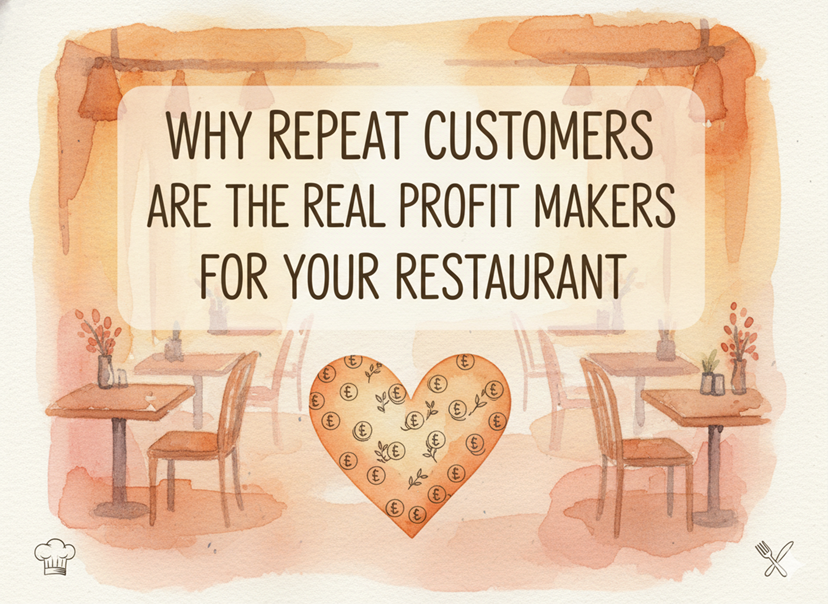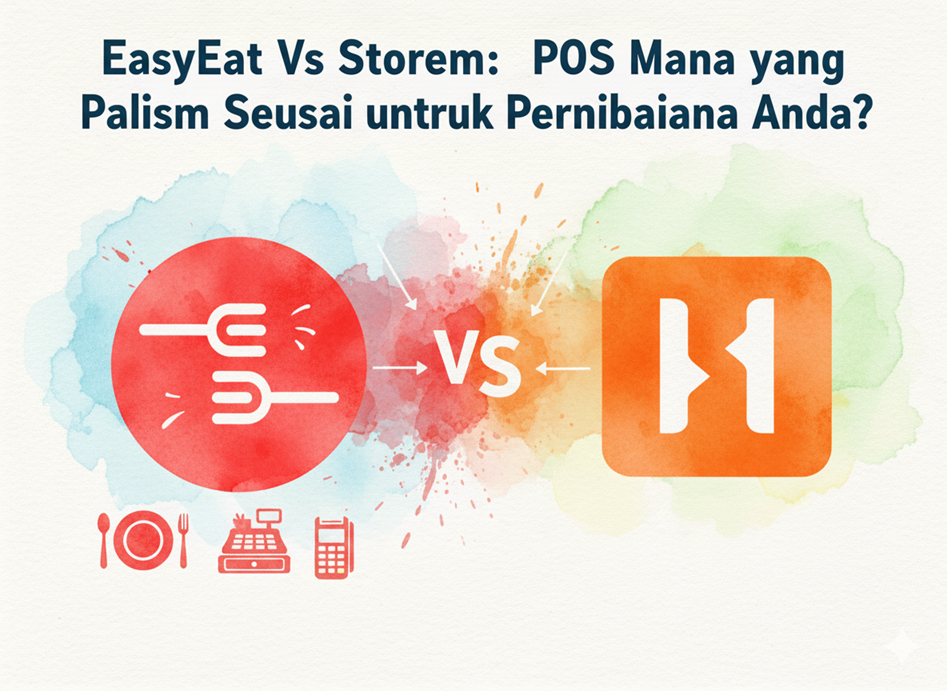From decoding pricing psychology to crafting an organized symphony of tastes, this guide empowers you to transform your menu into a culinary masterpiece. But first, Inspect your menu carefully to check if you’re also making one of the errors that are mentioned below.
Mistakes to avoid while creating your menu
Overwhelming Length
The customers usually skim through a menu and it would be futile to keep a longer menu. If your menu is too long and detailed then it might take them a very long time to decide.
Absence of Description
Patrons may find it difficult to comprehend what they are ordering in the absence of thorough descriptions of each dish. To assist them in making educated decisions, include essential ingredients, preparation techniques, and any unique qualities. But do ensure that the description isn’t too long.
Unclear Pricing
Avoid vague pricing schemes or concealing prices. Provide a detailed pricing list for every item and be open and honest about any extra costs.
Inconsistent Theme or Style
The general theme and style of your restaurant should be reflected in your menu. Contrasting fonts, colours, or layouts might be confusing and give the menu an untidy appearance. Also, do ensure that whatever colours or fonts that you use are legible.
Neglecting dietary information
It is important to provide information regarding allergens, vegetarian and vegan options, and other particular dietary considerations due to the growing knowledge of dietary restrictions and preferences.
Complicated Vocabulary
Not every customer would be able to understand complex words. Make sure that everything is written in a simple language.
Improper structure
Customers may find it challenging to traverse the menu due to a lack of structure. To assist customers in navigating the options, use logical headings and categories.
You have learned all the things that you shouldn’t be doing with your menu above; now you may also have some questions regarding the pricing of dishes. You need to strike a balance between being competitive in the market and covering all your costs while making a profit. This might seem complicated to calculate, but it has been simplified below for you. These pricing tips are all you need to turn your restaurant profitable.
Menu Pricing Tips
The correct pricing of menu items is a crucial component of restaurant management, and maintaining profitability while maintaining competitiveness calls for careful consideration of a number of aspects. The following parameters will assist you in determining the right prices for the items on your menu:
Calculate Food Cost
Find out how much each ingredient in a recipe costs. Take into account variables such as waste, fluctuation in ingredient cost, and portion size.
Calculate overhead costs
Add expenses like labor, rent, utilities, insurance, and any other costs associated with running the business. To calculate the overhead cost per item, divide these expenses by the total number of things you intend to sell.
Establish Target Profit Margin
For your restaurant, set a target profit margin of, say, 15–30%. Decide the menu markup based on food and overhead costs. Use the technique of menu engineering for your benefit.
Consider Industry Standards
To stay competitive, study market prices and industry standards. Examine the pricing policies of establishments that are comparable.
Understand Customer Perceptions
Consider how your target customers perceive pricing. Avoid pricing items too high or too low compared to customer expectations for your restaurant’s concept.
Evaluate Local Economic Factors
Consider the economic conditions of the local market. Adjust prices based on local income levels, cost of living, and economic trends.
Pricing Psychology
Prices that end with 99 or 95 appear more attractive to people. Use this psychological trick and place the items on your menu.
Consider portion size
Adjust portion sizes to provide perceived value at different price points. Offer varying portion sizes to cater to different customer preferences.
After deciding the price of all the items, you don’t want to scatter their names on the menu randomly, do you? Come on, you can do better than this. Organize them properly with these tips.
How to Organise Items on Your Menu
Begin the menu with a section for appetizers. These are typically lighter dishes designed to stimulate the appetite. Then you can proceed to keep items that are slightly on the heavier side as the main course or entrees. Here’s the chance to showcase your featured dishes. Highlight anything that is specially prepared by your chefs in a separate section. Dedicate a section to accompaniments or condiments that may complement the main course. If you have any salads or soups to offer then reserve a separate section for them and categorise them together. Group together items like sandwiches, wraps, or burgers. You can further classify them based on the protein or main ingredient. If you offer a variety of beverages, have a section for drinks. Subdivide it into categories like soft drinks, juices, alcoholic beverages, and specialty drinks. Conclude your menu by placing desserts in one place. If you want to amp up your menu even more, include special sections like a kid’s section or seasonal items in one place. You can also add dietary information beside each dish.
As we conclude this comprehensive journey through menu design, from pitfalls to avoid to the nuanced art of pricing, you’re now equipped to elevate your restaurant’s culinary identity. The guide dismantles menu blunders, ensuring concise, descriptive, and visually appealing offerings. Delve into the alchemy of pricing mastery, balancing costs, profit margins, and psychological allure. Elevate the dining experience by organizing your menu strategically, from tantalizing appetizers to decadent desserts. Use these tips right away to be better than others. (This secret will be between us)! Do share how helpful these tips have been for you in the comments section. Brace yourself for our next post which is going to be about digi-dining (digital menus).





